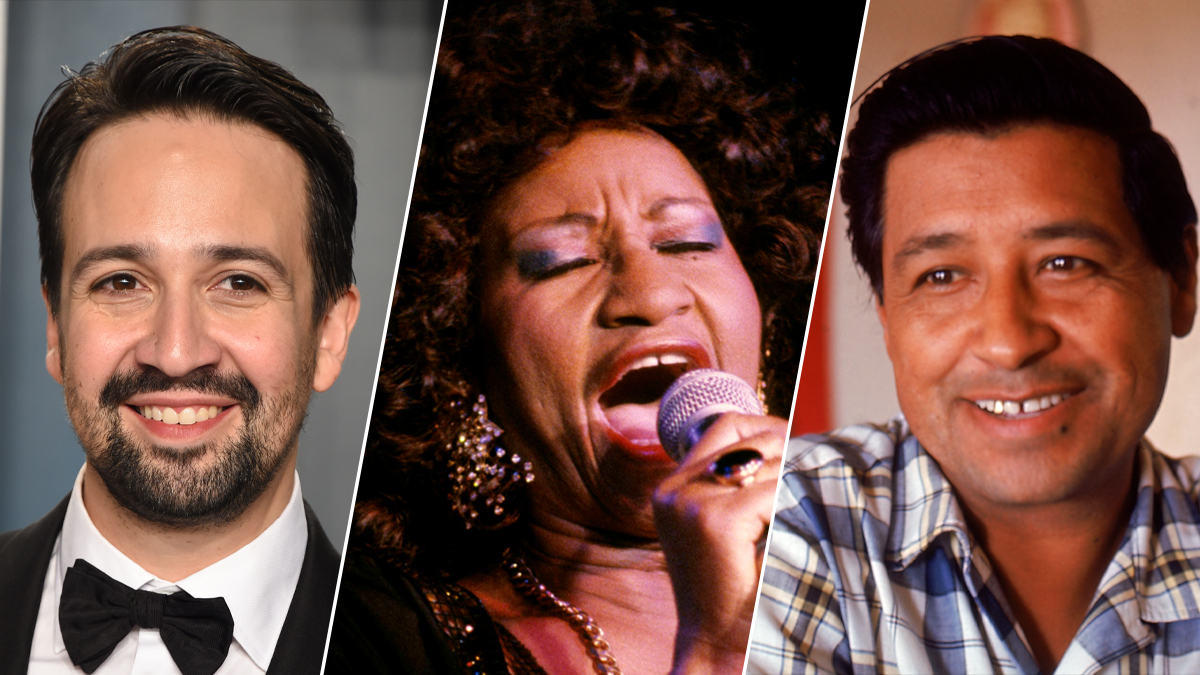Hispanic Heritage Month has been a big celebration in the U.S. for more than 40 years. Americans across the country celebrate this month with pride and joy, while commemorating the importance of diversity.
Here are five things to know about Hispanic Heritage Month, its history and why we celebrate it in the middle of September.
WATCH ANYTIME FOR FREE
Stream NBC10 Boston news for free, 24/7, wherever you are. |
What is Hispanic Heritage Month?
It's a national celebration to honor the history, culture and influence of past generations who came to the U.S. from Spain, Mexico, the Caribbean and Central and South America.
Get updates on what's happening in Boston to your inbox. Sign up for our News Headlines newsletter.
The observance started in 1968 under President Lyndon Johnson's administration as a one-week celebration called Hispanic Heritage Week. Years later, President Ronald Reagan proposed extending this celebration into a month-long event. It was enacted into law on Aug. 17, 1988, officially designating the 30-day period starting on Sept. 15 to Oct. 15 as National Hispanic Heritage Month.
Why Does Hispanic Heritage Month begin on Sept. 15?
Hispanic Heritage Month is celebrated from Sept. 15 to Oct. 15. The celebration starts mid-month because Sept. 15 marks the independence anniversary of five countries: Costa Rica, Nicaragua, El Salvador, Honduras and Guatemala.
It is followed by Mexico's Independence Day on Sept. 16 and Chile's on Sept. 18. Another important date that falls within this 30-day period is Día de la Raza, or Columbus Day, which is celebrated on Oct. 12.
What does Hispanic mean?
While many people use Latino(a) and Hispanic interchangeably, these two words mean different things. A Hispanic person is someone who comes from, or is a descendant of a Spanish-speaking country. Latino(a) is used when referring to someone who comes from Latin America, or is a descendant from any Latin American country.
A person can be both Hispanic and Latino(a), but not all Latinos are Hispanic. Brazilians, for example, are Latinos, but their native language is not Spanish. Conversely, not all Hispanics are Latino(a). Spaniards are considered Hispanic, but not Latinos, since they are part of the European Union.
Hispanic countries are: Argentina, Bolivia, Chile, Colombia, Costa Rica, Cuba, Dominican Republic, Ecuador, El Salvador, Equatorial Guinea, Guatemala, Honduras, Mexico, Nicaragua, Panama, Paraguay, Peru, Puerto Rico, Spain, Uruguay, and Venezuela.
Latin American countries are: Argentina, Bolivia, Brazil, Chile, Colombia, Costa Rica, Cuba, Dominican Republic, Ecuador, El Salvador, French Guiana, Guadaloupe, Guatemala, Haiti, Honduras, Martinique, Mexico, Nicaragua, Panama, Paraguay, Peru, Puerto Rico, Saint Barthélemy, Saint Martin, Uruguay, and Venezuela.
How many Hispanics are there in the United States?
The Pew Research Center says the U.S. Hispanic population is the nation's second-fastest-growing ethnic group after Asians. The Hispanic population in the U.S. reached a record 63.7 million in 2022, according to the U.S. Census. Hispanics account for 19.1% of the total U.S. population.
How do you celebrate Hispanic Heritage Month?
People use this celebration to show the importance of Hispanics in the U.S. by donating to Hispanic charities, eating food from any of the countries that are being celebrated, learning from their cultures and honoring influential Hispanics who have made an impact on society.



